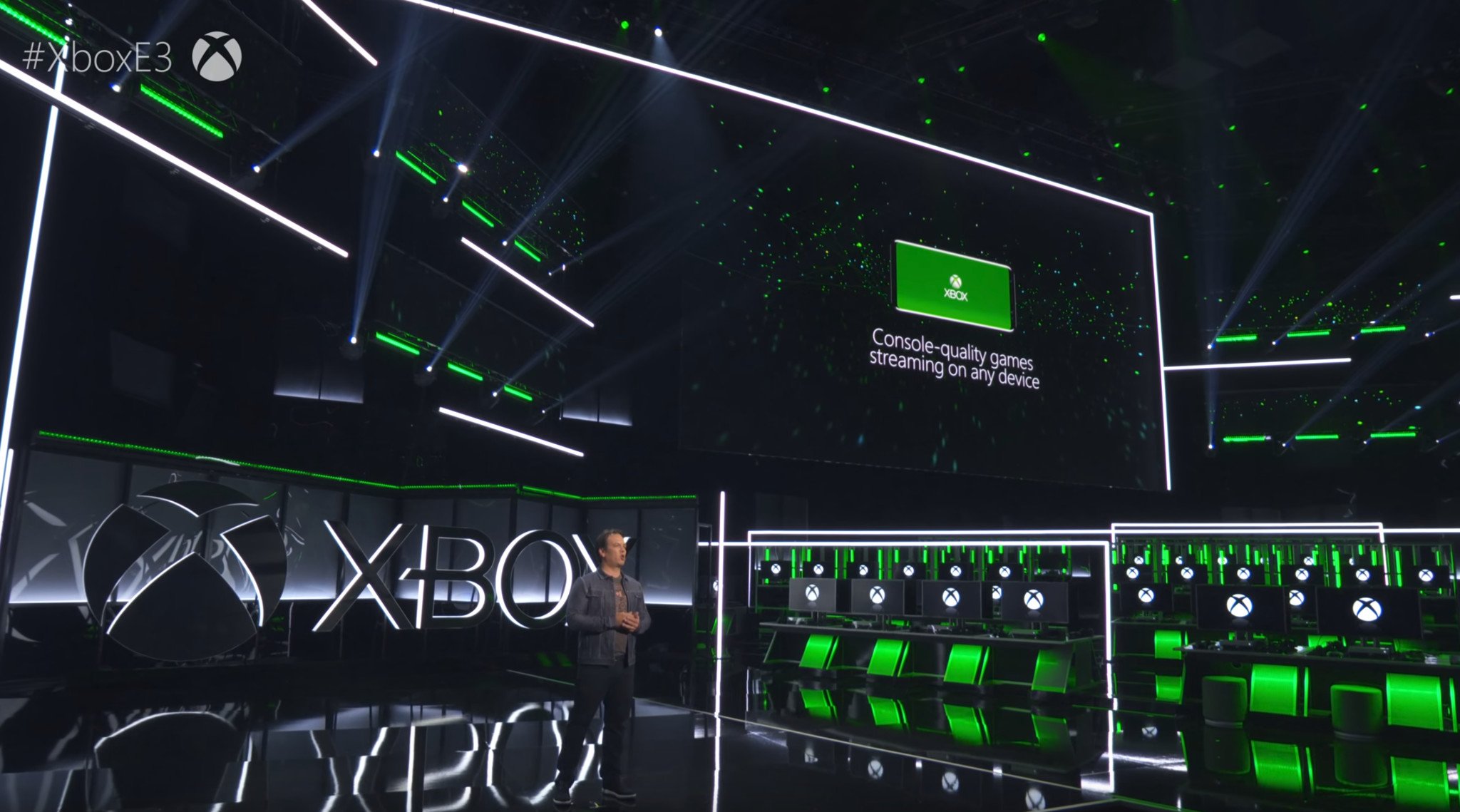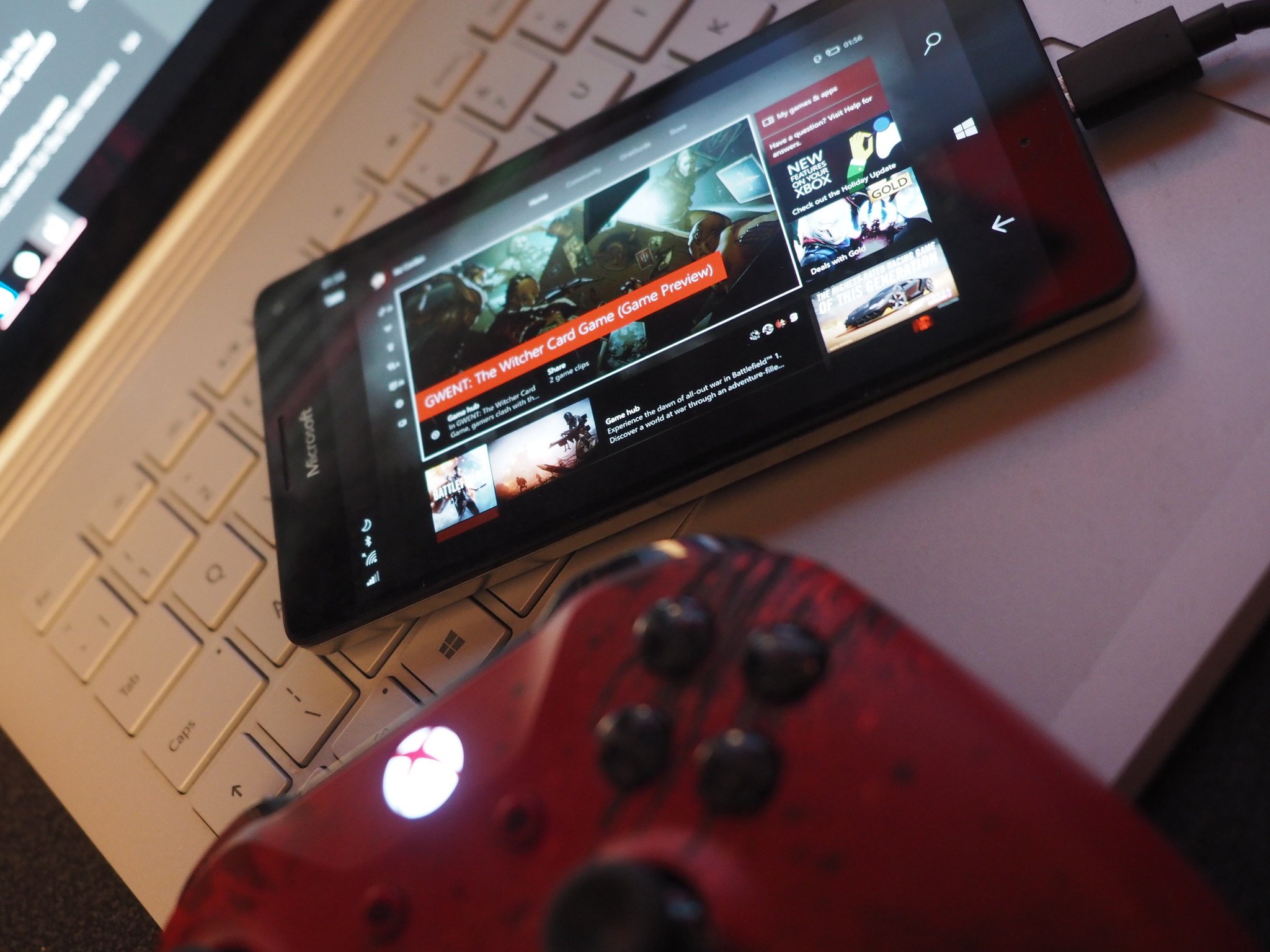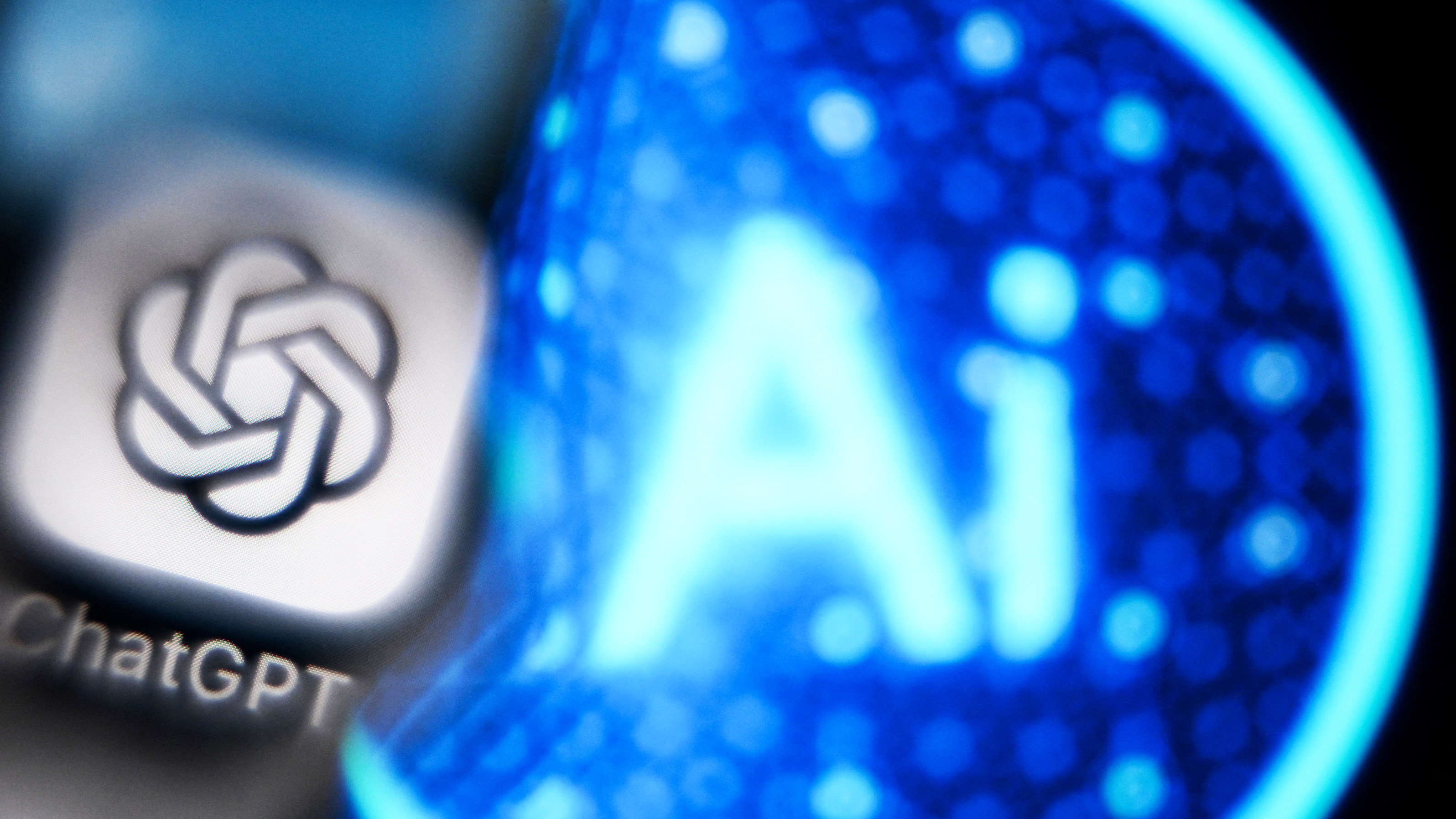How Xbox 'Scarlett' and 'XCloud' game streaming aim to expand Microsoft's reach
Reports suggest Microsoft is aiming to launch tandem consoles in its rumored 'Scarlett' Xbox line. We have more details on what that means.

Revealed originally by our Senior Editor Zac Bowden last year, Microsoft's next Xbox product lineup is codenamed "Scarlett" internally, and thanks to some new reports, we now have more details on what format the next Xbox is going to take.
Reportedly aiming for 2020, Microsoft will reportedly launch two separate Xbox consoles. One is set to be more traditional, local hardware designed to compete in the power game with Sony's expected PlayStation 5 and gaming PCs, whereas the second console is reported to be a smaller, cheaper hybridized box, built with cloud streaming in mind.
Here are a few things we've learned from our own sources.
Xbox Scarlett and a hybrid cloud solution

Many of Microsoft's primary competitors in this space are streaming raw gaming visual data from the cloud while uploading controller inputs from the user. The latency issues this create can be pretty intense, rendering games largely unplayable even on average internet speeds. These latency issues are the primary reason why this technology has never hit the mainstream, despite the promise of allowing gamers to play console-quality games on any device, wherever you have a decent internet connection. Microsoft's working codename for these features is "XCloud," as per a report from TheVerge.
Redmond is looking into a hybridized solution that would see latency-sensitive aspects of a game experienced locally.
There is clearly a market to be tapped here, as seen with Nintendo's portable Switch console, which has already seen a huge amount of traction bringing Xbox- and PC-staple core games like DOOM and Skyrim into the palms of gamers' hands. This solution, of course, requires dedicated hardware and developer support. What if a regular Xbox game could be streamed to any portable device?
According to plans we've seen previously and now corroborated by Thurrott.com, Redmond is looking into a hybridized solution that would see latency-sensitive aspects of a game experienced locally, such as inputs and collision, while other parts, such as graphics-intensive aspects, would stream via the internet. This solution would eliminate controller input latency issues, while giving gamers access to compatible games in their Xbox library. Our sources have told us that early versions of the Scarlett XCloud units might feature full fiber-optic internet ports to help developers test and simulate different types of networking environments, while supporting Microsoft data centers.
On the path to billions of gamers

Microsoft's current mission with Xbox is to reach billions of gamers with its platforms and services. We've heard that Xbox platform projects that were seen as not moving towards this goal have been shelved, with the whole company pulling in that single direction. We've also been told investment in Windows PCs is increasing, with big improvements to the Windows 10 Xbox app in the pipeline.
All the latest news, reviews, and guides for Windows and Xbox diehards.
With an improved offering on PC, a much cheaper Xbox console with cloud streaming, and the promise of "console-quality" mobile Xbox games, Microsoft may be very well positioned for the future.
Xbox Scarlett: Everything we know about Microsoft's next gaming console

Jez Corden is the Executive Editor at Windows Central, focusing primarily on all things Xbox and gaming. Jez is known for breaking exclusive news and analysis as relates to the Microsoft ecosystem while being powered by tea. Follow on Twitter (X) and tune in to the XB2 Podcast, all about, you guessed it, Xbox!
